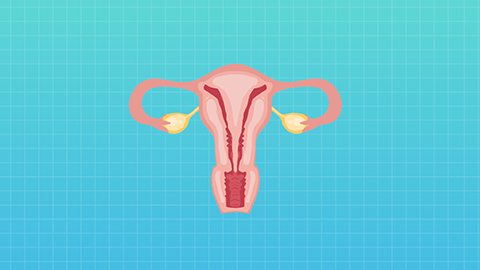What should I do if a uterine septum is detected?
Septate uterus is a common uterine developmental anomaly, accounting for approximately 75% of all uterine malformations. It occurs when the bilateral paramesonephric ducts fuse but fail to adequately resorb the midline septum, resulting in a septate uterus, which is classified into complete septate uterus and incomplete septate uterus.
Uterine septum is a manifestation of incomplete cavitation during the natural development of the uterus. Specific treatment options include cold scissors resection under hysteroscopy and laparoscopy, as well as treatment using cold instruments and plasma needle electrodes under hysteroscopic guidance.

① Cold scissors resection under hysteroscopy and laparoscopy
Hysteroscopic septum resection overcomes the drawback of excessive bleeding associated with traditional surgery. Using specialized techniques, this procedure results in minimal intraoperative and postoperative bleeding, causes less trauma, allows for quicker recovery, and reduces the risk of adhesion formation. In particular, the use of cold scissors maximally preserves the uterine tissue and fertility, without affecting the chances of natural conception after surgery. Effective anti-adhesion strategies are employed following septum resection to prevent postoperative adhesions.
② Hysteroscopic treatment using cold instruments and plasma needle electrode
The uterine septum is incised using cold instruments or a plasma needle electrode under hysteroscopy. Employing an electrosurgical loop to resect the septum may lead to scar contracture and does not effectively enlarge the uterine cavity. Performing the procedure under laparoscopic monitoring enhances safety and accuracy. A biological anti-adhesion membrane is placed after surgery. For larger septa, complete correction should not be attempted in a single procedure—multiple surgeries may be needed. Overcorrection must be avoided, as it can result in excessive scarring at the uterine fundus, which may impair fertility instead.





